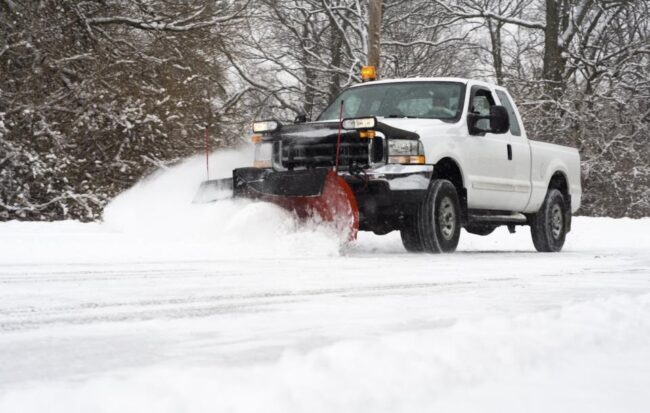Battling the Elements: The Art and Science of Snow Plowing
As winter descends with its blanket of snow, the need for effective snow plowing becomes paramount for homeowners and communities alike. Snow plowing is not just about clearing pathways; it’s about ensuring safety, accessibility, and smooth operations during the cold months. Here, we delve into the intricacies of snow plowing, from techniques and equipment to best practices and considerations.
Snow plowing is a multifaceted task that requires a combination of skills, equipment, and strategic planning. Before the snowfall begins, it’s essential to assess the area to be plowed, identify obstacles or sensitive areas, and determine the most efficient routes for clearing snow. This proactive approach helps streamline the snow plowing process and minimize disruptions.
When it comes to equipment, snow plows come in various sizes and configurations to suit different needs. From truck-mounted plows and ATV plows to skid-steer loaders and snow blowers, choosing the right equipment depends on factors such as the size of the area to be plowed, the terrain, and the depth of the snow. Investing in quality equipment and maintaining it regularly ensures optimal performance and longevity.

Techniques for effective snow plowing vary depending on the situation. For driveways and sidewalks, a back-and-forth plowing pattern is often effective, starting from the center and working outward to push snow to the sides. For larger areas like parking lots or roads, a systematic approach using straight passes or angled passes helps cover the area efficiently without leaving behind snow banks or uneven surfaces.
Safety is paramount during snow plowing operations. It’s essential to be aware of potential hazards such as hidden obstacles, icy patches, and limited visibility due to snowfall or blowing snow. Using caution flags, reflective markers, and snow stakes can help delineate boundaries and guide plow operators, reducing the risk of accidents or damage to property.
Environmental considerations also play a role in snow plowing. Using environmentally friendly de-icing agents and avoiding excessive salt usage helps minimize environmental impact while maintaining safe conditions. Proper disposal of snow and ice melt runoff is also important to prevent pollution and protect water sources.
In conclusion, snow plowing is both an art and a science, requiring skill, preparation, and attention to detail. By employing effective techniques, using appropriate equipment, prioritizing safety, and considering environmental impacts, snow plowers can navigate the winter chill with efficiency and effectiveness, ensuring safe and accessible pathways for communities and homeowners alike.

